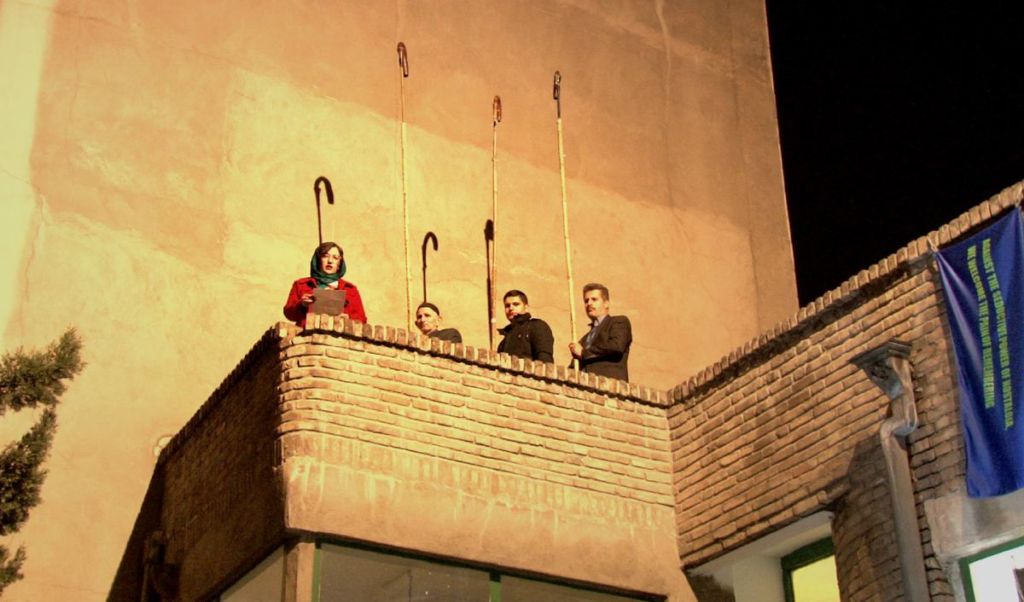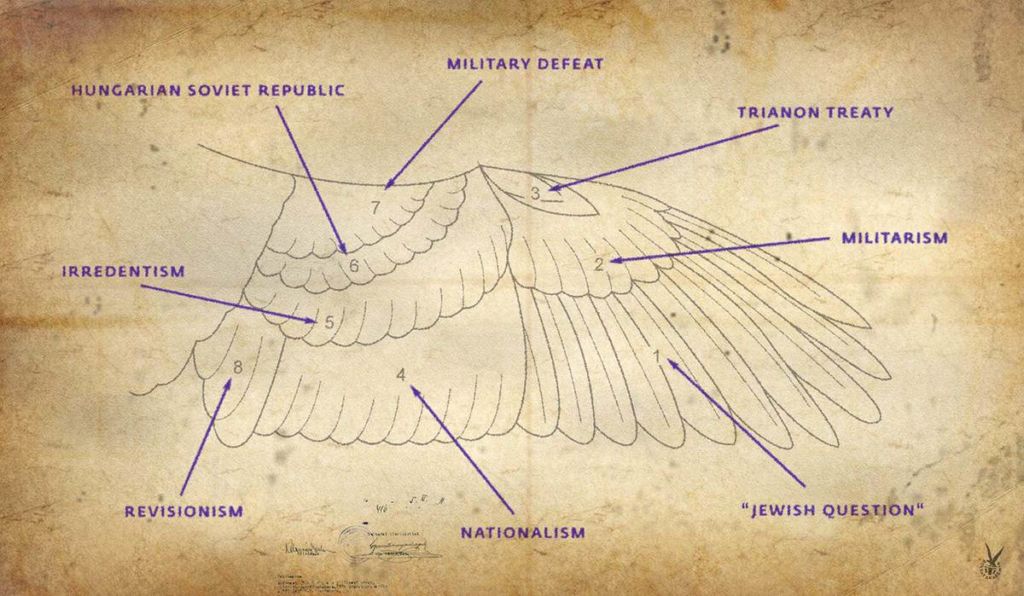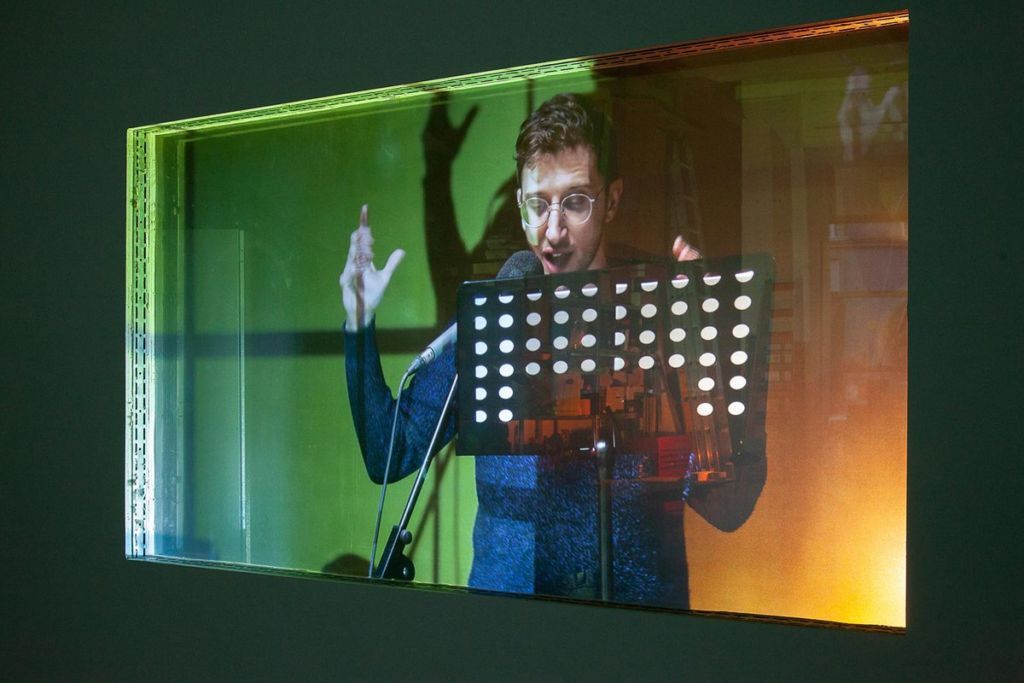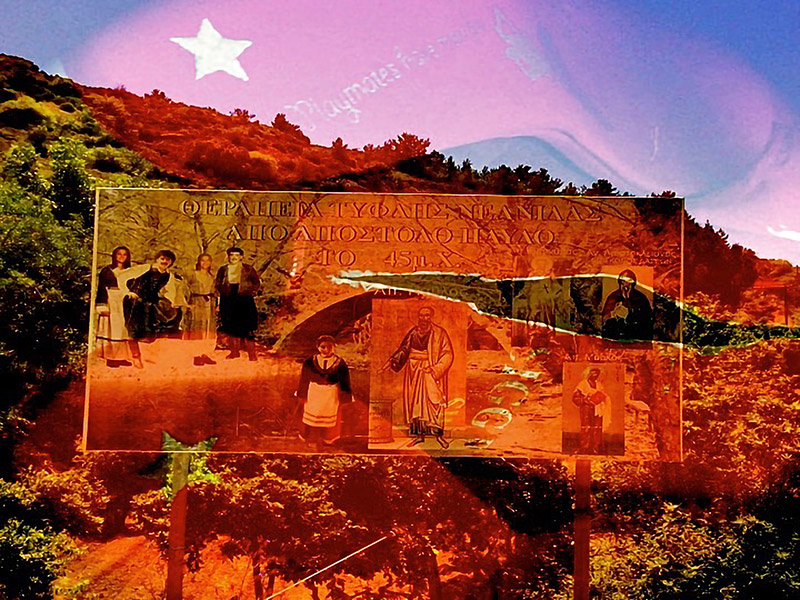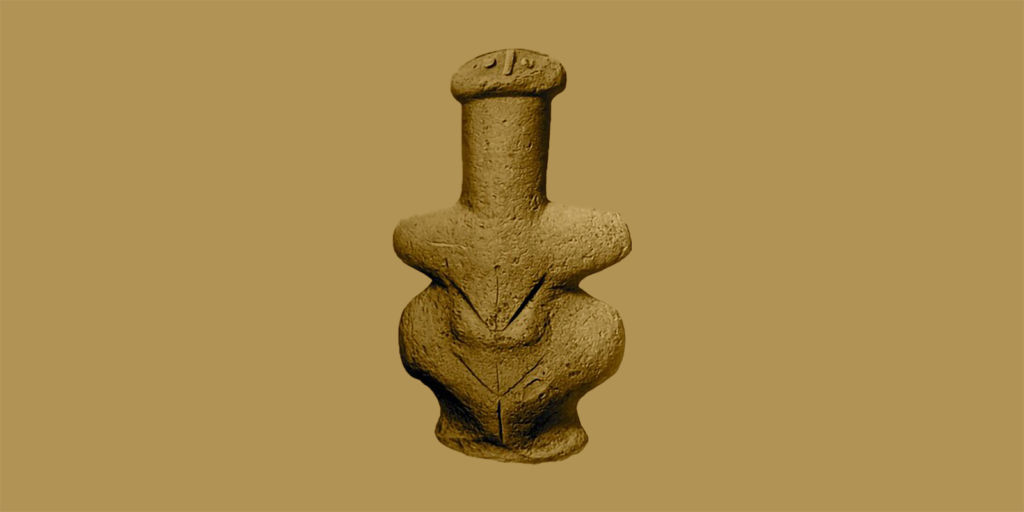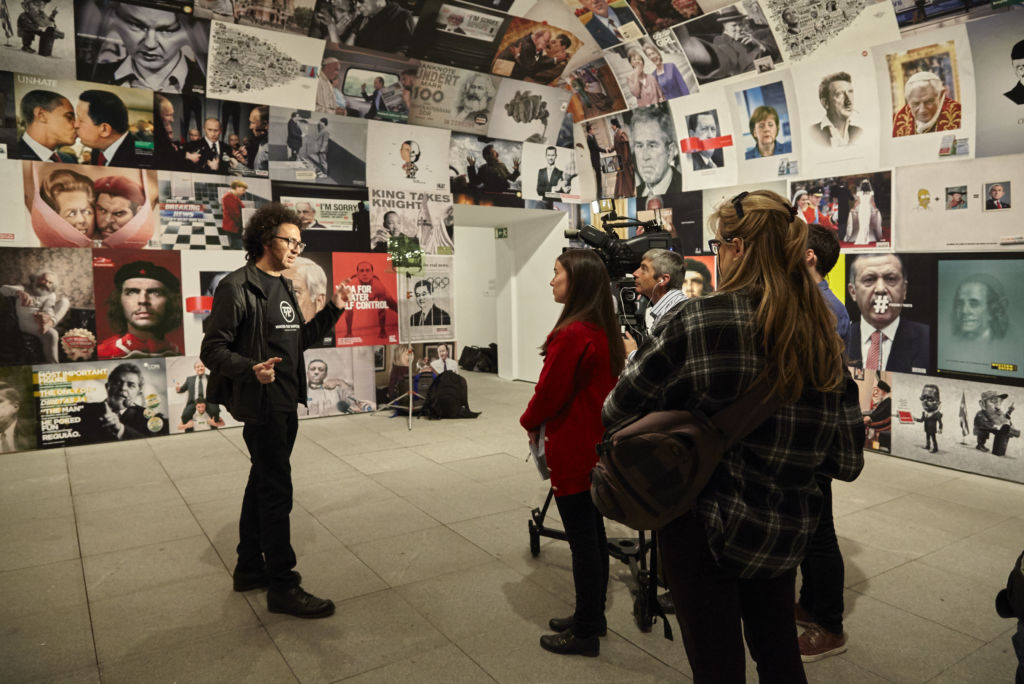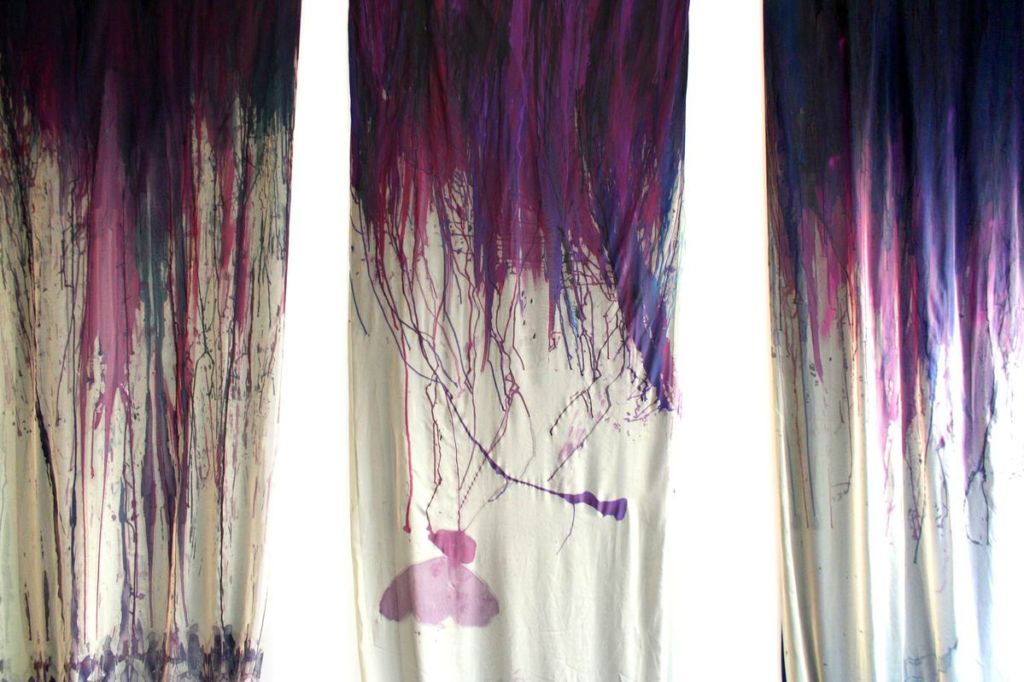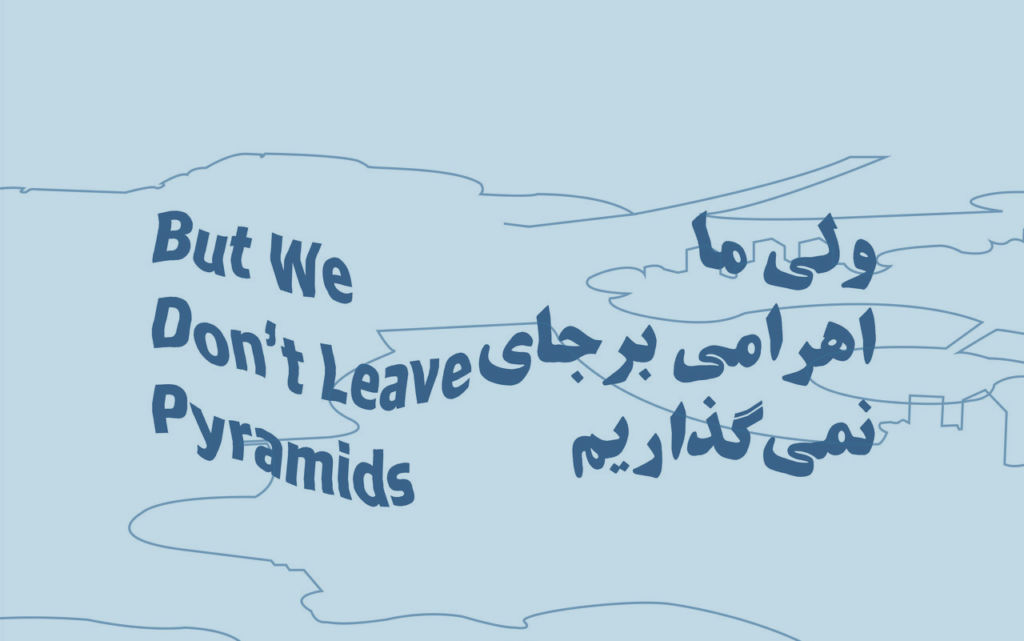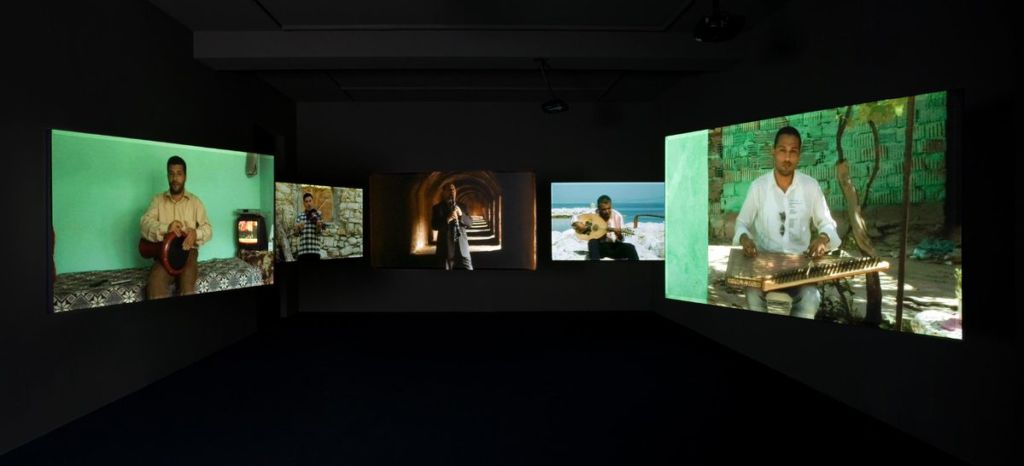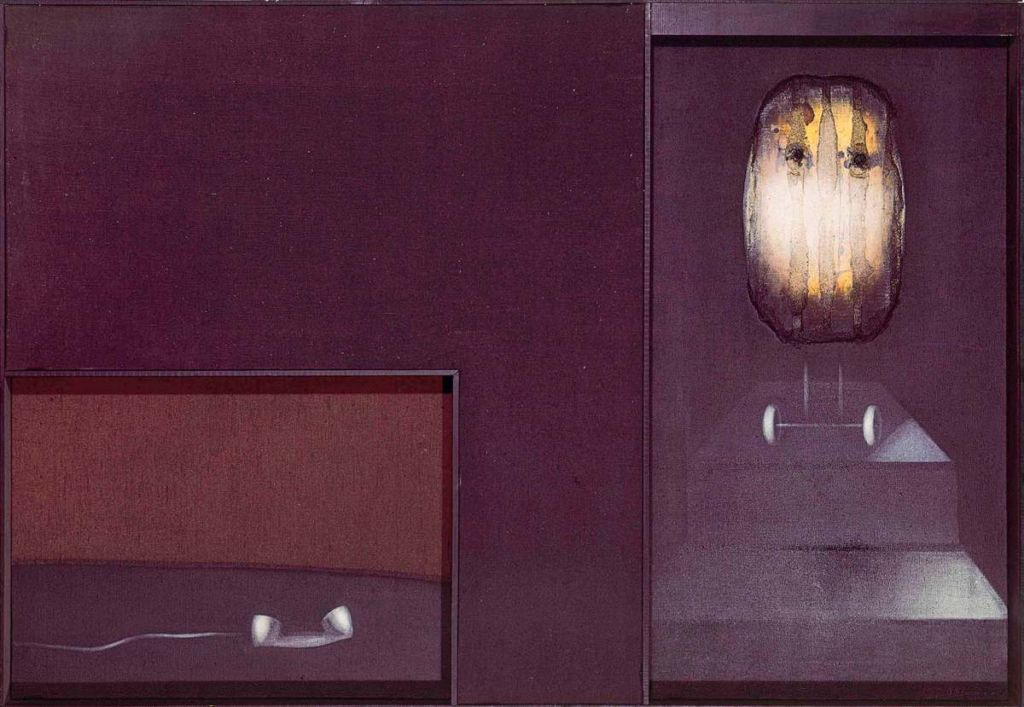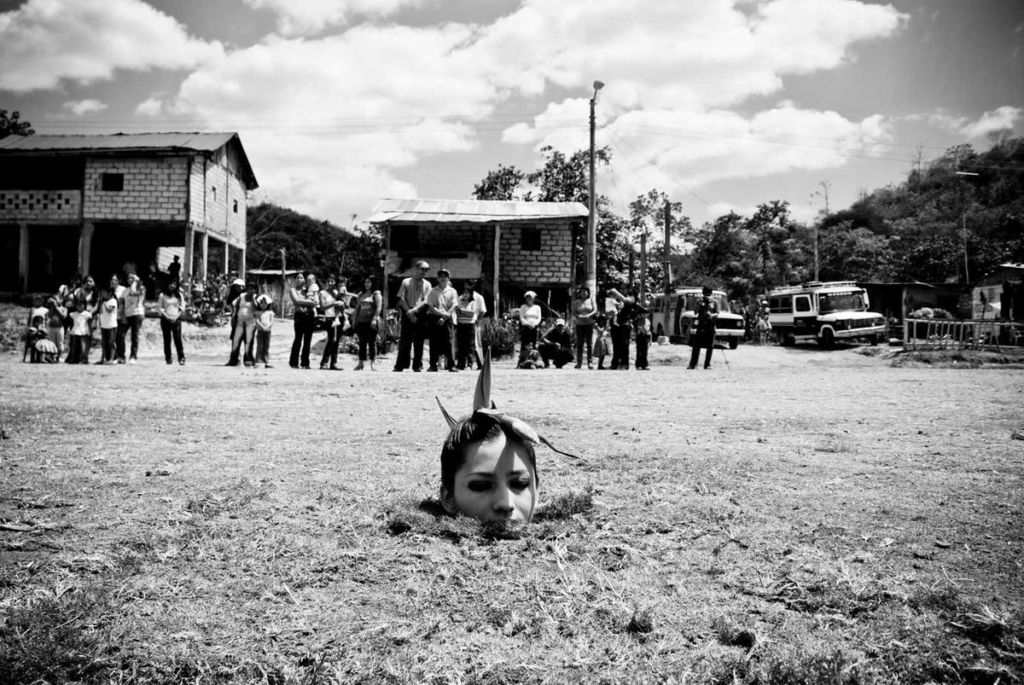But, We Don’t Leave Pyramids, 4 January –12 April 2019, was an exhibition curated by GAPS in conjunction with Tehran Curatorial Symposium #2, collaborating with artists including Jean-Baptiste Ganne, Anna Dot, Hamed Dehqan, Farshad Xajehnassiri, Esther Merinero, Giulia Crispiani, Golrokh Nafisi, Farnaz Gholami. Inspired by a quote from the 1998 essay “Junkspace” by architect and theorist Rem Koolhaas, But We Don’t Leave Pyramids was an invitation to reconsider the human impulse to leave a permanent trace upon the world. Offering a negotiation of urban space and social presence, this exhibition presented diverse forms of practices on alternative social experiences in the context of Tehran and collectively discussed the role of cultural practitioners on a trans-national framework. The title intentionally begins with the conjunction ‘But’ as a means to spark speculation upon that which may have come before; it operates as the accessing point of an unexploited potential.
Tehran Curatorial Symposium #2 : Curator as Translator, 4-6 janvier 2019
A. Amanat,2017, Iran, A Modern History, New Haven & Londres : Yale University Press, p. 886
Kim Charnley, 2019, « Brexit, Austerity and Social Practice », FIELD, A Journal of Socially-Engaged Art Criticism, Numéro 12/13, Art, Anti-Globalism, and the Neo-Authoritarian Turn
G. Raunig, 2007, Art and Revolution, Transversal Activism in the Long Twentieth Century, Los Angeles : Semiotext(e)
Rosa Luxemburg, Œuvres choisies
On the evening of Friday 4th of January 2019, at the opening reception of Tehran Curatorial Symposium #21, a collective performance: A Manifesto Against Nostalgia, was delivered to the audience from the rooftop of the Charsoo Honar’s2 new building in central Tehran by Golrokh Nafisi and Giulia Crispiani as part of But We Don’t Leave Pyramids’ exhibition curated by Gaps3, whose title was inspired by Rem Koolhaas essay, Junkspace4. In a performative mode the artists occupied the building twice during their ten-minute performances. While the artists were reading their manifesto in a reciprocal method from Farsi (the official language of Iran) to English, the same texts were hand-stitched on twelve flags, produced by local women workers, and hang on the walls, in and out of the building for the whole period of the exhibition. The artists were accompanied by three Karnā players -an ancient Iranian woodwind instrument used for outdoor ceremonies and public announcements- whose loud musical refrain reiterated the same note over ten times; “Recount your yearning for return / شرح اشتیاق به بازگشت”.
In the Social Act
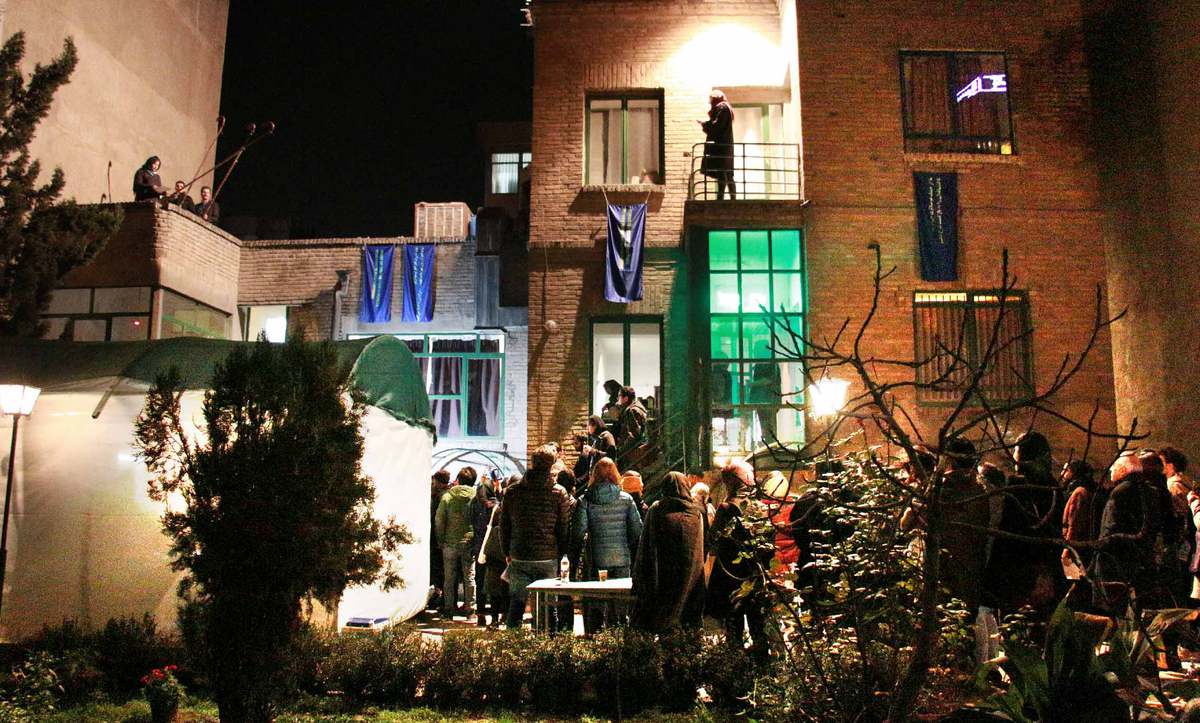
Golrokh Nafisi and Giulia Crispiani, A Manifesto Against Nostalgia, January 4th, 2019, Charsoo Honar, Tehran, a performance produced for the opening reception of Tehran Curatorial Symposium #2
The need for resistance against nostalgia initiated a conversation between Nafisi and Crispiani which formed the core of their collaboration in Tehran. As proposed in their statement ‘Against the seductive power of nostalgia, we demand ethical commitment to liberate history from any glorification of the past.’ The way in which the bodies of the performers and the audience were distributed in the exhibiting space, the whole building was activated in its entirety. By using not only the balcony and the rooftop, but also, the walls, windows, garden and courtyard the whole space was occupied by the audience, artists and texts from the manifesto stitched on hand-made flags. Such arrangement motivates a geometrical analogy between their performance and some Persian book illustrations like one from Khamsa of Nizami attributed to Mirza Ali that is “Khusrau Listening to Barbad Playing the Lute” from the 1539-43.
The act of reading manifesto in such performative manner was aimed at a certain audience who were attending the exhibition’s opening reception as well as those who participated in the three-day symposium. Albeit an outer public emerged during the realisation of the performance itself. Karnā, the long reed trumpet, is played in religious processions by ensembles, normally consisting of ten men. Customarily, the lead player has in mind certain phrases appropriate to the occasion, and the others play responses. While the manifesto was in transition between the artists and the performers, the local neighbours joined the audience from their windows and balconies expanding the stage of the performance beyond the exhibition. Though some people complained to the local police in the following days to prevent further activities in the building, some other stayed at their windows, cheered at the end of the performance and engaged in that social act.
The emergent of this new audience although momentarily constructed a new situation which can be considered as a moment of eagerness and acceleration. The concept of situation that was employed by Guy Debord and the Situationist International in order to generate debate on art and politics, was presented firstly by another prominent figure. The philosopher G.W.F. Hegel, who indeed had taken in the nineteenth century the concept of situation from theatre as a generalised key for all art forms, suggest “the most important part of art has always been ‘the discovery of interesting situations.”5 Developing this further, the question is how this new situation can function between public and action of the performance. In this regard, A Manifesto Against Nostalgia created a possibility for such relationship between art and public.
The material quality of the struggle and resistance throughout the history have left us with different stages of progress from the past. As suggested by the activist Rosa Luxemburg “Although we can no more jump over the stages of historical development than a man can jump over his shadow, nevertheless, we can accelerate or retard that development.”6 In this sense, A Manifesto Against Nostalgia as an alternative form and socially engaged practice declares and repeats sets of shared struggles. The struggling condition upon invisibility of women and the connection with issues on language and utilisation of language, turned the focus of the artists to the performative forces of speech act. Not only the reading of a manifesto by the two female artists was a transformative move, but also, was recognition of significance of the speech act. The act of ‘speaking’ informed the ability of language, bodily experience, recognition of a new public and the capacity to produce knowledges.
“Against the seductive power of nostalgia,
We dissent from any nationalistic prefabrication of home and land.
Against the seductive power of nostalgia,
we call for reflection over paranoiac projection.
Against the seductive power of nostalgia,
we demand ethical commitment
to liberate history from any glorification of the past.
Against the malady of nostalgia,
We evaluate knowledge.
Against the seductive power of nostalgia,
we welcome the pain of remembering.
We bid the removal of nostalgia,
from the yearning for return.
Against the seductive power of nostalgia,
we do revise commemorative signs.
Against the seductive power of nostalgia,
we celebrate precision and refuse banalisation.
Against the seductive power of nostalgia,
we rescue longing from one-way road of progress to imagine anew.
Against the malady of nostalgia,
we hold poetry against patriarchy.
Against the nostalgia’s lack of effort
we appeal for responsibility,
we advocate for reciprocal healing
over any individual feeling.
sensitivity over sentimentality,
Matriarchy against nostalgia.
Against the seductive power of nostalgia,
we insist on details while drawing our common map”.
The study of local struggles
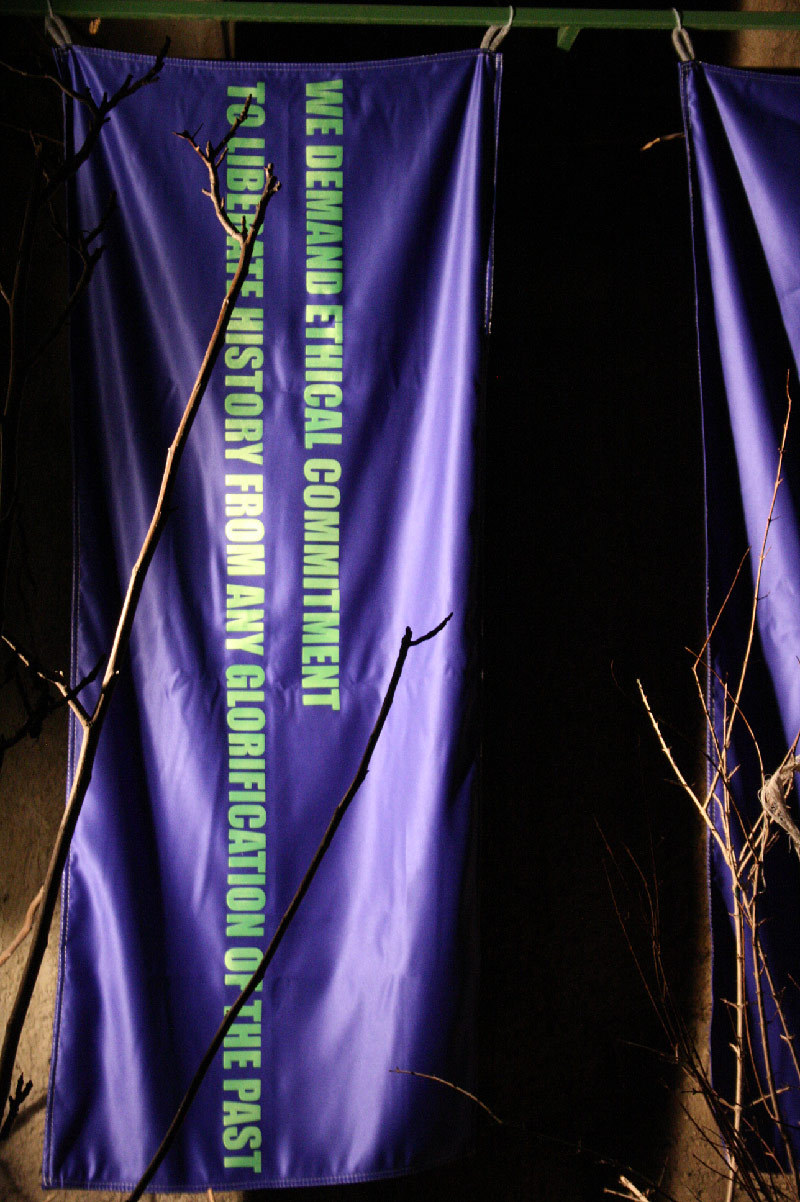
Golrokh Nafisi and Giulia Crispiani, A Manifesto Against Nostalgia, performance, January 4th, 2019, Charsoo Honar, Tehran (detail)
To distinct yearning and longing for the past from the sentimental and melancholic affection of what is bygone or what was not there, a different reading of the past is crucial to overcome sentimental and propagated presentation of the past. Equally it is important to envisage a turn within the forms of artistic and cultural productions that represent the past. Since the mid-1990s in Iran, organisations such as the High Council for Cultural Revolution and the Ministry of Culture and Islamic Guidance multiplied the control exerted over cultural sectors and artistic activities. As a result, pressure on censorship was increased over the media while certain art and cultural discourses were eliminated from the universities in order to disseminate Islamic values. Some artistic and cultural forms like cinema and music survived the Islamification waves in using “language of symbolism” and “obscurantism”. As Abbas Amanat states in his book Iran, A Modern History, “Music, cinema, visual arts, poetry, and fiction not only survived waves of Islamification but almost miraculously thrived. They managed to bypass, often in a language of symbolism and ideological hurdles of the state’s cultural bureaucracy and mirror, with subtlety, the untold sentiments of their eager audience.”7
This shows different forms of resistance have the potential to pose questions and generate discussions as how to overcome political and cultural oppressions. The study of local struggles not distinct from the global threats imply a growing awareness and shared experience of the scale of complications. The question as Kim Charnley discusses is how “social practice is a category that has thrived under neoliberalism, even as the infrastructure of social protection and social solidarity has been dismantled.”8 Perhaps recognising different forms of struggle and resistance within cultural and creative fields will help us to navigate the current shifting geopolitical landscape and locate altered ways of responding to such changes.
Cover : Golrokh Nafisi and Giulia Crispiani, A Manifesto Against Nostalgia, January 4th, 2019, Charsoo Honar, Tehran, a performance produced for the opening reception of Tehran Curatorial Symposium #2
1.Tehran Curatorial Symposium #2: Curator as Translator, took place on 4-6 January 2019 as part of an ongoing research-based and educational project on curatorial studies titled Curatorial in Other Words, founded and directed by Fereshte Moosavi
2.Charsoo Honar is an independent cultural and educational institution in Tehran that started its activities in 1996 when it was co-founded by Dr Behrouz Najafian and Saeed Ravanbakhsh. Registered as an art institution, Charsoo started by offering various art-related courses on pre-university exams for young adults. Running various lectures and workshops in drawing, painting, photography, sculpting, printmaking, music, and film-making as well as theory-based lectures in the art-history, theory, and philosophy. Subsequent to the struggles against censorship in governmental institutions, Charsoo Honar soon became a hub for young and emerging artists and curators in Tehran.
3.GAPS Curatorial, Founded by Sofía Corrales Akerman (Madrid, Spain), Golnoosh Heshmati (Tehran, Iran), and Flavia Prestininzi (Rome, Italy), GAPS emerged in 2016 as a curatorial collective.
4.Koolhaas, R., “Junkspace”, October, Vol. 100, Obsolescence. (Spring, 2002), pp. 175-190
5.G. Raunig, 2007, Art and Revolution, Transversal Activism in the Long Twentieth Century, Los Angeles: Semiotext(e)
6.Rosa Luxemburg, Selected Writings
7.A. Amanat,2017, Iran, A Modern History, New Haven & London: Yale University Press, p. 886
